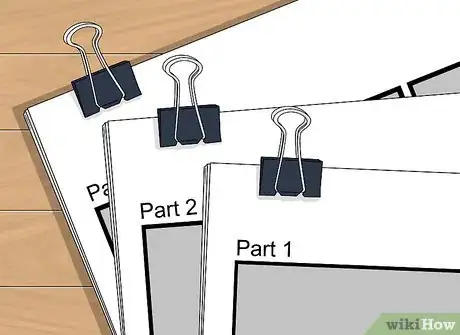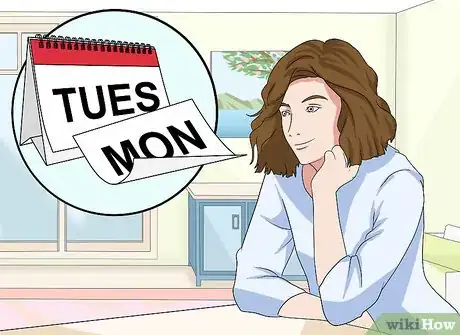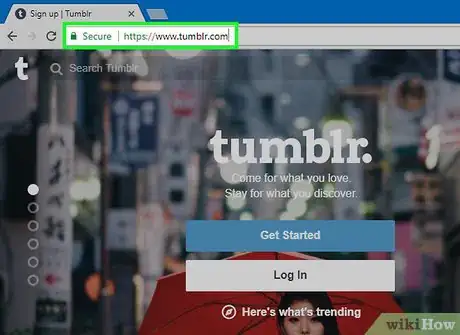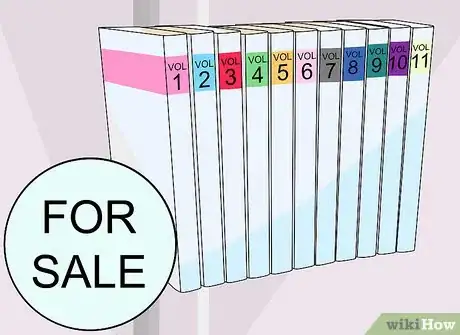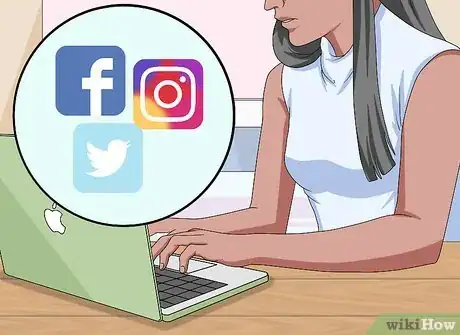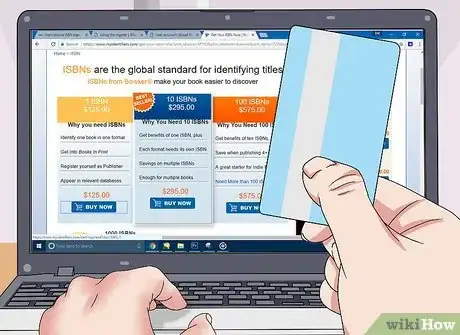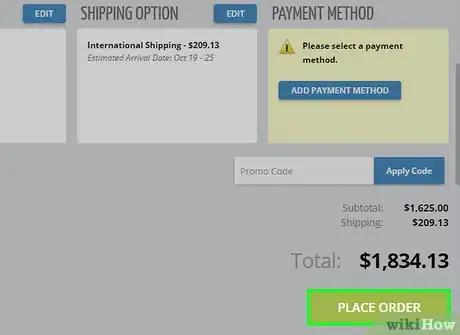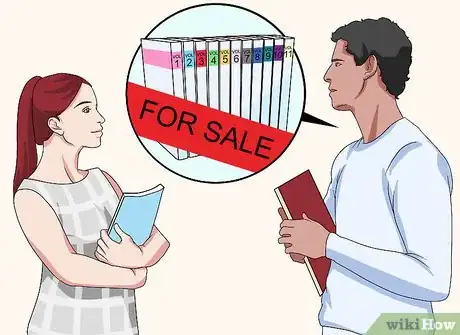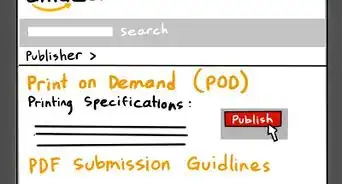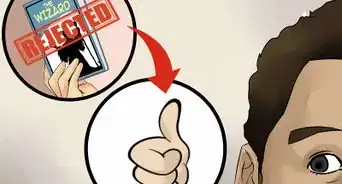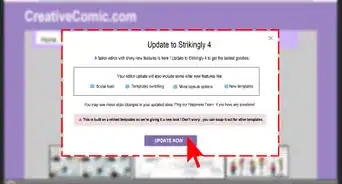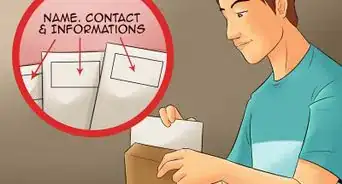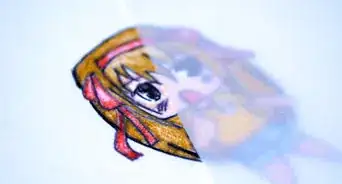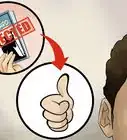This article was co-authored by Grant Faulkner, MA. Grant Faulkner is the Executive Director of National Novel Writing Month (NaNoWriMo) and the co-founder of 100 Word Story, a literary magazine. Grant has published two books on writing and has been published in The New York Times and Writer’s Digest. He co-hosts Write-minded, a weekly podcast on writing and publishing, and has a M.A. in Creative Writing from San Francisco State University.
There are 8 references cited in this article, which can be found at the bottom of the page.
This article has been viewed 150,790 times.
With the advent of the internet, you don’t need to be noticed by big publishers in order to get your comic book out there. Many writers and artists publish their comics themselves, meaning they have more control over the stories they want to tell.[1] If you have your own comic you want to publish, you have three options. You can publish a web comic, a digital comic or a printed comic book.
Steps
Publishing a Web Comic
-
1Chop up your comic into strips. The main difference between web comics and other digital comics is that the former is more like a Sunday strip than a comic book. After completing an issue or a volume of your comic book, divide it into smaller strips that you can publish regularly. Each strip should have some element of a self-contained story while connecting to your comic's overall plot.
-
2Decide on your publishing schedule. Since web comics are similar to newspaper strips, you need to publish content regularly. Some web comic artists will publish daily, while others will only publish once a week. Choose a schedule that you can keep up with; being consistent with your updates is more important than how often you post.Advertisement
-
3Choose your online platform. To create a web comic, you need a place to put it so people can see it. You have a wide array of choices here, depending on whether you want to publish your web comic in blog form or with individual pages. You have several free options to use, such as Tumblr, to set up a free blog, although free websites don’t generally handle web comics particularly well. Of course, you can pay for a platform to host your web comic; paid platforms usually have more flexibility.
- Decide whether you want to buy a domain or use a free one generated by your chosen platform. While obviously more expensive, buying a domain also gives you the ability to put advertisements on your website.
-
4Sell collected editions of your comic. If you just want to find readers for your comic and aren’t concerned with making money, you don’t have to worry about this. However, if you want to make a living making comics, you’ll need to do more than publish a web comic. Collect your comic strips into a book, whether print or digital, that you can sell in an online store.
Publishing Digitally
-
1Have a finished manuscript with a cover. Before you can publish your comic digitally, you need to have a finished product. Many artists start by manually drawing their comic, then touching up the pages in software such as photoshop. Even if you work entirely with pencils and ink, you should still digitize your comic before sending it to a distributor.
-
2Choose your format. Digital comic books can be found in three main formats: PDF, EPUB or KF8. While PDF is the easiest format to publish your comic in, it doesn’t allow for guided view (which lets readers read panel per panel rather than page by page). EPUB is the standard format for ebooks while KF8 is specific to the Amazon Kindle.
- Choosing one of the last two means you’ll likely need to go through a company that specializes in formatting ebooks.
-
3Find a distributor. When deciding to publish your comic exclusively digitally, you have more distribution options open to you than a purely physical copy. Each platform has its own way of operating and takes a different sized cut.[2] Some of them will also market your comic book, going as far as to send review copies to columnists and other personalities in the comic book world to create a buzz.
- Comixology is an example of an online platform that publishes independent comics. They take 50% of the revenue and market your comic as well as making it available in their store.[3]
-
4Market your comic on social media. Whether your distributor markets your comic or not, you need to develop your reader base. This is especially important since comic books are a visual medium. Use social media to give sneak peeks into your comic or a look into your creative process. The focus is in building attention for your comic by gathering and entertaining readers.[4]
Self Publishing in Print
-
1Buy an ISBN and barcode. These aren’t absolutely necessary to sell a print version of your comic book, but they make distribution and retail much simpler. An ISBN identifies your book by the title, cover and page number while the barcode allows it to be scanned. This gives you the option to sell your books in stores, be they online or brick and mortar.[5]
-
2Design and add a cover. While any version of a comic book will need a cover, it’s especially important for printed comic books. You can draw and design your own cover, or you can collaborate with other artists for a different look. If you decide to stick to selling in online stores, the cover will be crucial for identifying your book, especially if you’ve bought an ISBN.[6]
-
3Send your comic book to a print-on-demand company. You can research print-on-demand companies to choose the one that benefits you. However they all work in essentially the same way; they handle the printing for you and only print copies as they’re ordered. This means you won’t have to hoard hundreds of copies of your comic book and ship them out yourself. The important thing to keep in mind is comparing the cost of this service to the advantages.[7]
-
4Order a proof copy of your book. A proof copy is a printed version of your book that you can review for errors before your comic goes to print. You’ll likely have to pay a fee, but you’ll get a good idea of what your comic book is going to look like when your readers order it. You might find that certain design choices that look good on a computer screen don’t look as good in print, and you can review them before the comic book is in the hands of your readers.[8]
-
5Sell to readers directly. While you’ll find comic books from major publishers on store shelves, it’s more difficult for independent comics to break into the same distribution networks. Instead, market to your readers directly. You can use an online platform like Amazon to handle the actual transaction and shipping; use social media and traditional networking to get your book out where readers can see them.
- If you want to deal with your readers directly, you can use an online marketplace such as Etsy to sell to them directly. You’ll need to handle the shipping of the comics yourself however.
- A popular method of marketing comic books is buying a table at comic book conventions. There you can sell your books in person and offer autographed versions.[9]
Expert Q&A
-
QuestionIs self publishing a viable way to get my work out there?
 Grant Faulkner, MAGrant Faulkner is the Executive Director of National Novel Writing Month (NaNoWriMo) and the co-founder of 100 Word Story, a literary magazine. Grant has published two books on writing and has been published in The New York Times and Writer’s Digest. He co-hosts Write-minded, a weekly podcast on writing and publishing, and has a M.A. in Creative Writing from San Francisco State University.
Grant Faulkner, MAGrant Faulkner is the Executive Director of National Novel Writing Month (NaNoWriMo) and the co-founder of 100 Word Story, a literary magazine. Grant has published two books on writing and has been published in The New York Times and Writer’s Digest. He co-hosts Write-minded, a weekly podcast on writing and publishing, and has a M.A. in Creative Writing from San Francisco State University.
Professional Writer To self publish well, there's a lot to learn along the way. You do have do a lot of research. There are a lot of great self publishing companies out there. Try to compare the costs, different types of packages, and types of price points each offer.
To self publish well, there's a lot to learn along the way. You do have do a lot of research. There are a lot of great self publishing companies out there. Try to compare the costs, different types of packages, and types of price points each offer. -
QuestionHow do I create a comic from scratch if I'm just 12 years old?
 Community AnswerAnyone can make a comic. I made my first comic when I was seven. I had my mom do the writing and I drew the pictures. If you want to publish it, you might need to do some research into self-publishing. Just photocopying your pages and stapling them together works as well, though.
Community AnswerAnyone can make a comic. I made my first comic when I was seven. I had my mom do the writing and I drew the pictures. If you want to publish it, you might need to do some research into self-publishing. Just photocopying your pages and stapling them together works as well, though. -
QuestionHow do I create a budget for the process?
 Community AnswerThere are two main ways to create a budget for your comic book. The first is to invest your personal money into the project. You can also try crowdfunding your comic.
Community AnswerThere are two main ways to create a budget for your comic book. The first is to invest your personal money into the project. You can also try crowdfunding your comic.
Warnings
- Always research a company or service thoroughly before sending your comic book over to them.⧼thumbs_response⧽
References
- ↑ Grant Faulkner, MA. Professional Writer. Expert Interview. 8 January 2019.
- ↑ Grant Faulkner, MA. Professional Writer. Expert Interview. 8 January 2019.
- ↑ https://goodereader.com/blog/digital-publishing/where-to-sell-your-digital-graphic-novels-and-comics-online
- ↑ http://sktchd.com/longform/how-to-win-fans-and-influence-readers-a-guide-for-comic-creators-on-social-media/
- ↑ https://www.youtube.com/watch?v=o-u6LSgRxPk&feature=youtu.be&t=30
- ↑ https://www.youtube.com/watch?v=o-u6LSgRxPk&feature=youtu.be&t=125
- ↑ https://www.youtube.com/watch?v=o-u6LSgRxPk&feature=youtu.be&t=100
- ↑ https://www.youtube.com/watch?v=o-u6LSgRxPk&feature=youtu.be&t=252
- ↑ https://publishdrive.com/self-publishing-comics/
About This Article
To self publish a comic book, start by digitizing your finished pages, including a cover design, using software like Photoshop. Then, decide which format to use, such as PDF or EPUB. Although PDF is the easiest format, EPUB allows for guided view, which lets the reader read panel per panel rather than page by page. Next, find a distributer, such as Comixology, to sell and market your comic in exchange for a portion of the sales. Finally, develop a strong reader base using social media to give people sneak peaks and insight into your creative process. To learn how to publish a comic book using a print-on-demand company, read on!

